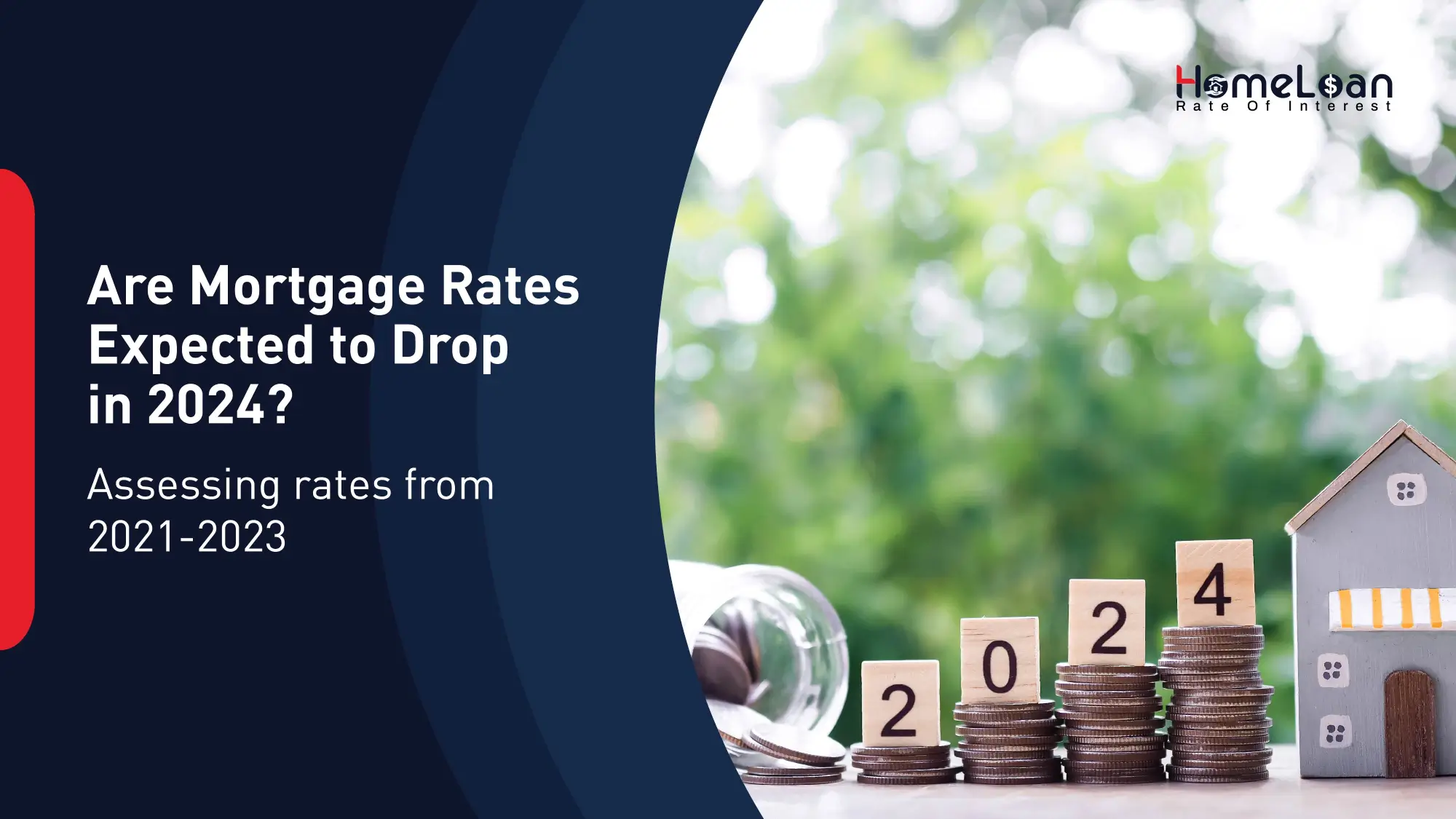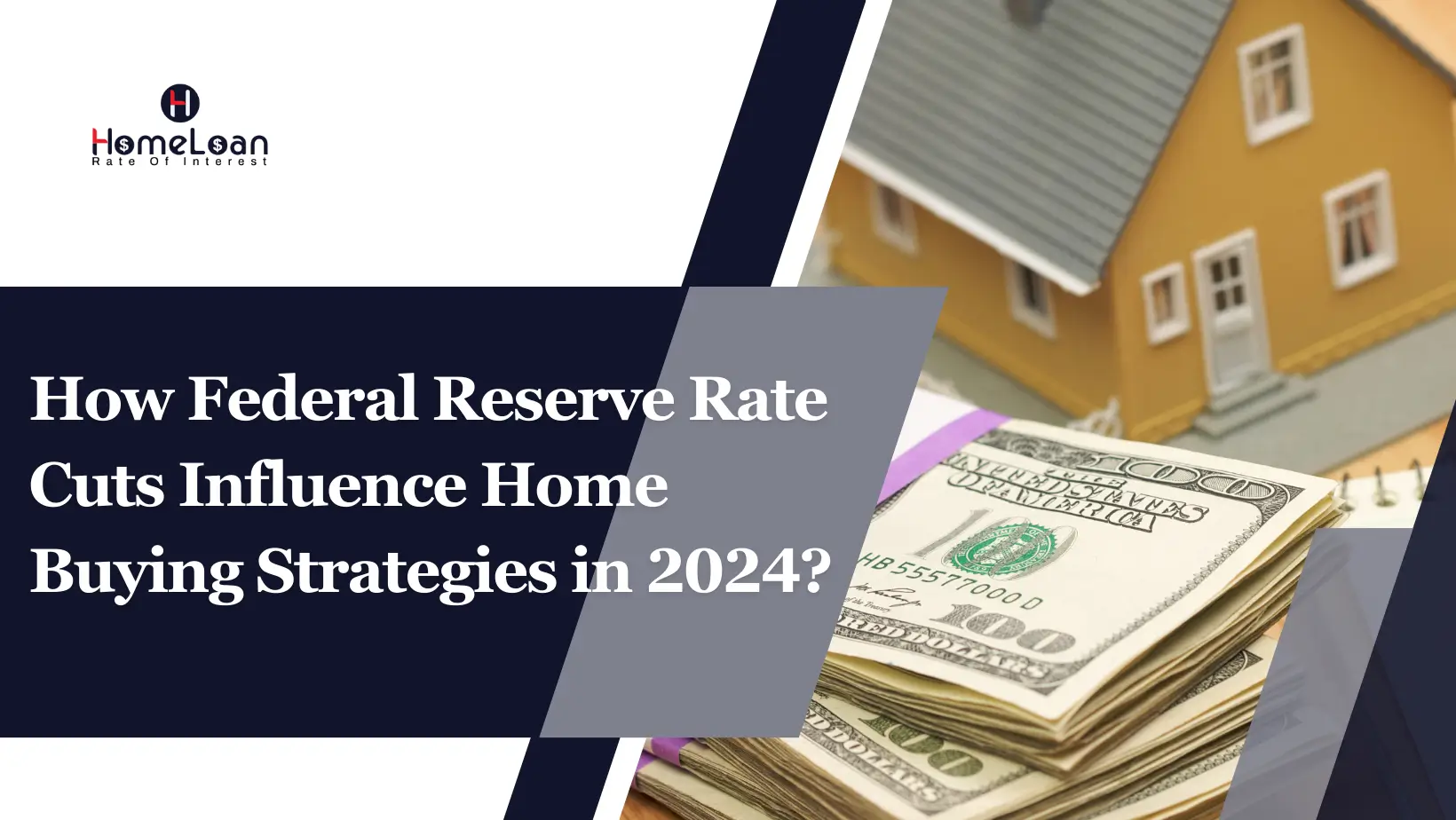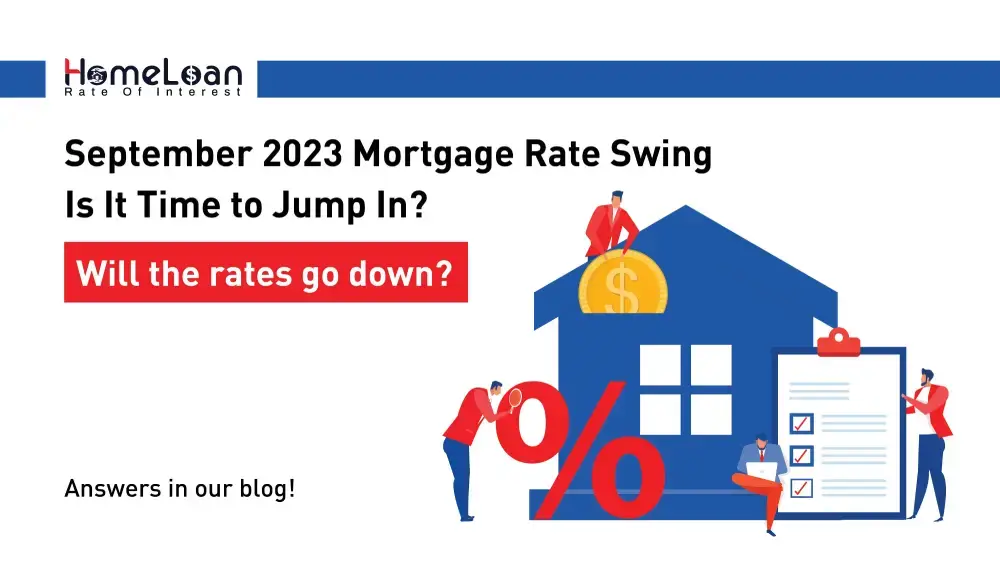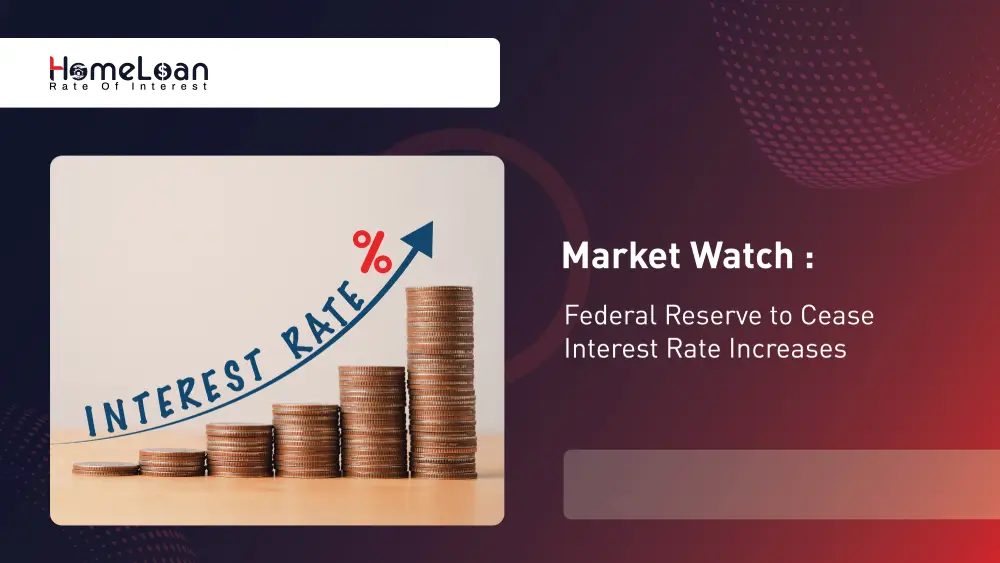
- 02 Aug, 2023
Federal Reserve Nears End of Rate Hike Cycle, Say Officials
Market Watch: Federal Reserve to Cease Interest Rate Increases
In the face of a recent slowdown in inflation, the Federal Reserve's recent decision to raise its key interest rate by a quarter point has brought the rate to a range of 5.25% to 5.5%, marking the highest level in 22 years. Despite a slight pullback in inflation, the central bank's move signals that another rate hike is likely in the coming months, possibly in September or November.
The Fed Funds Rate represents the target for overnight lending among major banks. From this central point, the entire interest rate landscape diverges into various levels for different time frames. For instance, mortgages usually span 5-10 years, and the economic outlook over this extended period can significantly contrast with the outlook for the next 24 hours.
Lenders determine mortgage rates based on the value they can attain from different mortgage bonds. The pricing of mortgage bonds is determined by a combination of market factors and the individual financial risks associated with them, as we will explore further below.
In this blog post, we’ll explore the implications of the Federal Reserve's interest rate strategy, its impact on various sectors, and how the economy is faring amidst the pandemic-related inflation surge.
The Federal Reserve's latest rate hike indicates a strong economy, with the central bank suggesting that further rate increases may be necessary to lower inflation to the target rate of 2%. The decision comes after a two-day meeting, during which the Fed mentioned that the extent of additional policy firming would depend on inflation, economic developments, and other factors.
Fed Chair Jerome Powell acknowledged that inflation has slowed down in June, but he emphasized that it's too early to draw conclusions from a single month's data. The process of bringing inflation down to the Fed's 2% goal still has a long way to go. Powell also highlighted the importance of balancing supply and demand in the economy and labor market to prevent a surge in consumer prices.
Analysts and economists offer varying predictions on future Fed rate hikes and inflation trends.
-
Barclays predicts that another rate increase is likely in September or November, given the current language used by the Federal Reserve in its statements. However, Goldman Sachs believes that the pause in rate hikes could be the last, as inflation is expected to reach a "turning point" by November.
-
Financial institutions and market experts also weigh in on the potential impact of the Federal Reserve's rate decisions. Some predict that the central bank will now hold rates steady before considering a rate cut next year.
-
Others, like Barclays, assert that the resilient economy and stock market will continue to persuade the Fed to raise rates once more.The coming months will be crucial in determining the trajectory of interest rates and inflation.
-
The Fed will closely analyze economic data, inflation reports, and job market indicators to inform its future policy decisions. Investors and businesses are advised to remain vigilant and adapt their strategies accordingly to navigate the evolving economic landscape.
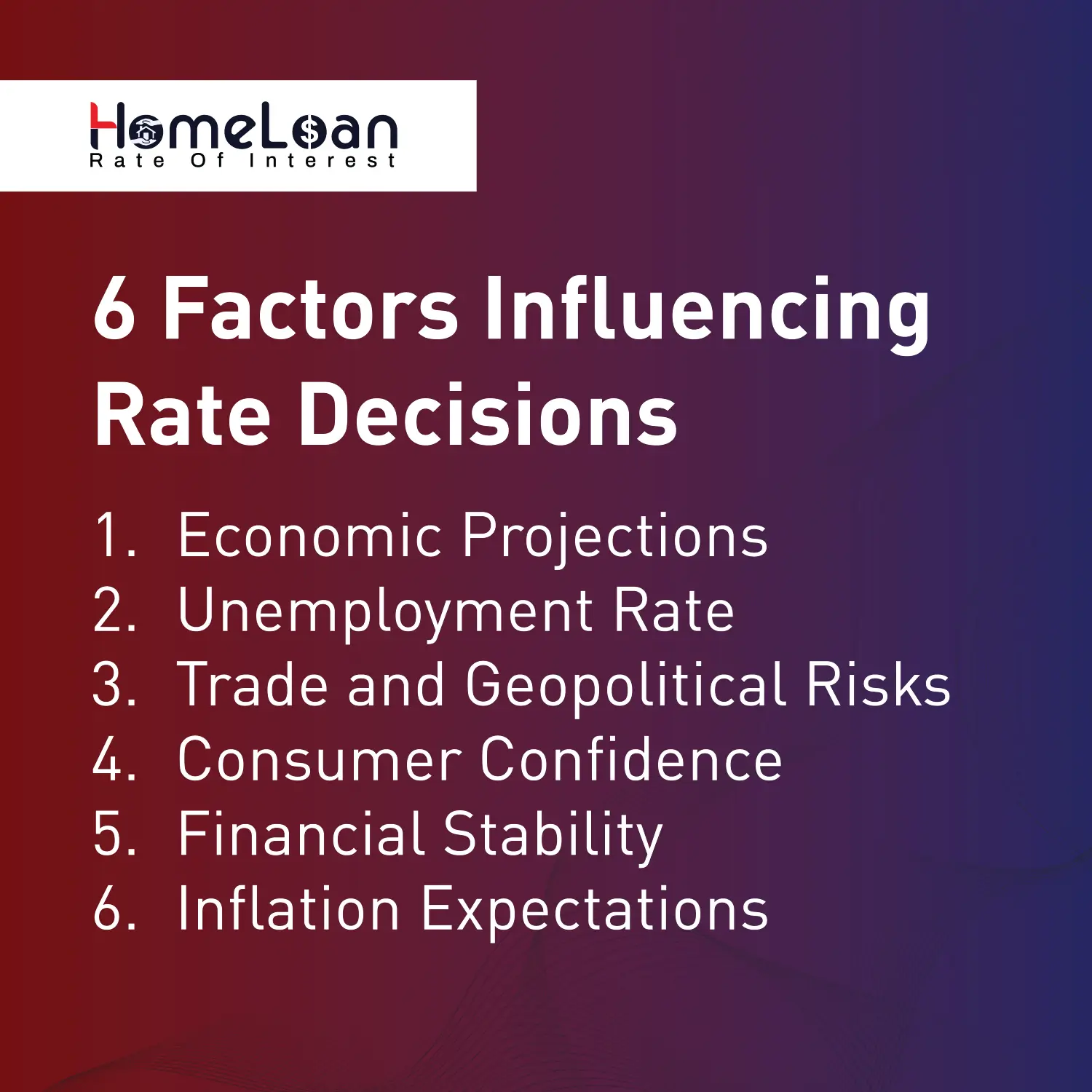
The Federal Reserve considers several factors while deciding on rate changes, including inflation trends, economic growth projections, labor market conditions, and global economic conditions. The Fed's goal is to strike a balance between controlling inflation and promoting economic growth.
-
) Economic Projections: The Federal Reserve closely analyzes economic forecasts to gauge the future trajectory of economic growth. These projections consider factors such as gross domestic product (GDP) growth, consumer spending, business investment, and trade dynamics.
-
) Unemployment Rate: The labor market's health plays a crucial role in rate decisions. The Federal Reserve examines the unemployment rate and job creation data to assess the strength of the job market and its impact on consumer spending and inflation.
-
) Trade and Geopolitical Risks: Global economic conditions, trade tensions, and geopolitical risks are carefully assessed by the Federal Reserve. Uncertainties in international markets can influence the Fed's decisions, as they can spill over into the U.S. economy.
-
) Consumer Confidence: The level of consumer confidence can provide insights into future spending patterns. Higher consumer confidence indicates stronger economic sentiment, potentially affecting the need for rate adjustments.
-
) Financial Stability: The Federal Reserve also considers the overall stability of the financial system. Excessive risk-taking and imbalances in financial markets could warrant policy actions to safeguard financial stability.
-
) Inflation Expectations: Inflation expectations among consumers and businesses are critical for future inflation trends. The Federal Reserve aims to anchor inflation expectations around its target to avoid self-fulfilling inflationary pressures.
Impact on Borrowers and Savers
The recent rate hike will result in higher borrowing costs for consumers and businesses. The average interest rate on newly financed vehicles has risen to 7.2%, the highest in 16 years, impacting auto loans. However, Americans, especially seniors, are benefiting from higher bank savings yields after years of low returns.
Higher interest rates can be favorable for savers, with high-yield online savings accounts potentially earning an additional 20 to 30 basis points. However, borrowers will pay $36 billion in extra interest charges over the next 12 months due to the cumulative rate increases since March 2022.
While the Fed rate hikes impact interest rates indirectly, mortgage rates may not see significant shifts in the near term. The Federal Reserve's clear communication about its intended rate adjustments allows mortgage markets to anticipate the changes. The current average rate for a 30-year fixed mortgage is 6.78%, while the 15-year fixed-rate mortgage averaged 6.06%.
The inflation rate has decreased by more than half from its peak of 9.1% in June 2022. Here's a look at the inflation rate in the U.S. by month since May 2022:
| Month | Year | Inflation Rate |
|---|---|---|
| May | 2022 | 8.6% |
| June | 2022 | 9.1% |
| July | 2022 | 9.1% |
| August | 2022 | 8.3% |
| September | 2022 | 8.2% |
| October | 2022 | 7.7% |
| November | 2022 | 7.1% |
| December | 2022 | 6.5% |
| January | 2023 | 6.4% |
| February | 2023 | 6.0% |
| March | 2023 | 5.0% |
| April | 2023 | 4.9% |
| May | 2023 | 4.0% |
| June | 2023 | 3.0% |
In June, the Federal Reserve officials' median estimate suggested additional rate hikes of half a percentage point for the year. This forecast exceeded economists' expectations by a quarter point and was half a point higher than the Fed's projection in March.
The decision to continue raising rates was driven by the belief that the previous Fed rate hikes had only a minimal impact on inflation. However, financial markets speculate that although there might be another rate increase in July, there won't be any further hikes for the rest of the year. This is due to the anticipation that the economy and inflation will cool significantly without additional rate adjustments.
Economists and analysts have different views on whether the economy will experience a "soft landing" or a recession as the Fed tries to control inflation through rate hikes. A resilient economy, consistent consumer spending, and gradually falling inflation are factors contributing to the possibility of a soft landing.
However, some forecasters still believe that the risk of a recession remains if the Fed continues raising rates. The U.S. has avoided a recession so far, partly due to the significant savings accumulated during the pandemic, which have supported consumer spending.
Inflation Trends and Future Forecasts
Inflation has shown a gradual decline from its peak of 9.1% in June 2022 to 3% in June 2023. While this indicates progress, inflation is still above the Fed's 2% target rate. Analysts forecast that inflation may continue to decline, reaching more normalized levels by the end of 2023 and into 2024.
We can say that,
The Federal Reserve's recent rate hike reflects confidence in the strong economy, while also aiming to control inflation. Future rate decisions will depend on various economic and financial factors, including inflation trends and labor market conditions. As the economy continues to evolve, the Fed will closely monitor data and trends to strike a balance between promoting growth and ensuring price stability. Investors, businesses, and consumers should stay informed about monetary policy updates as they can significantly impact borrowing, spending, and investment decisions.










